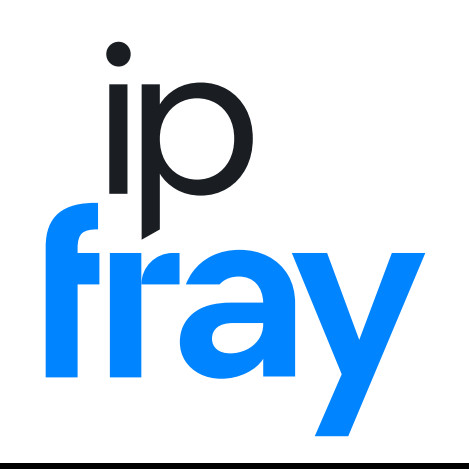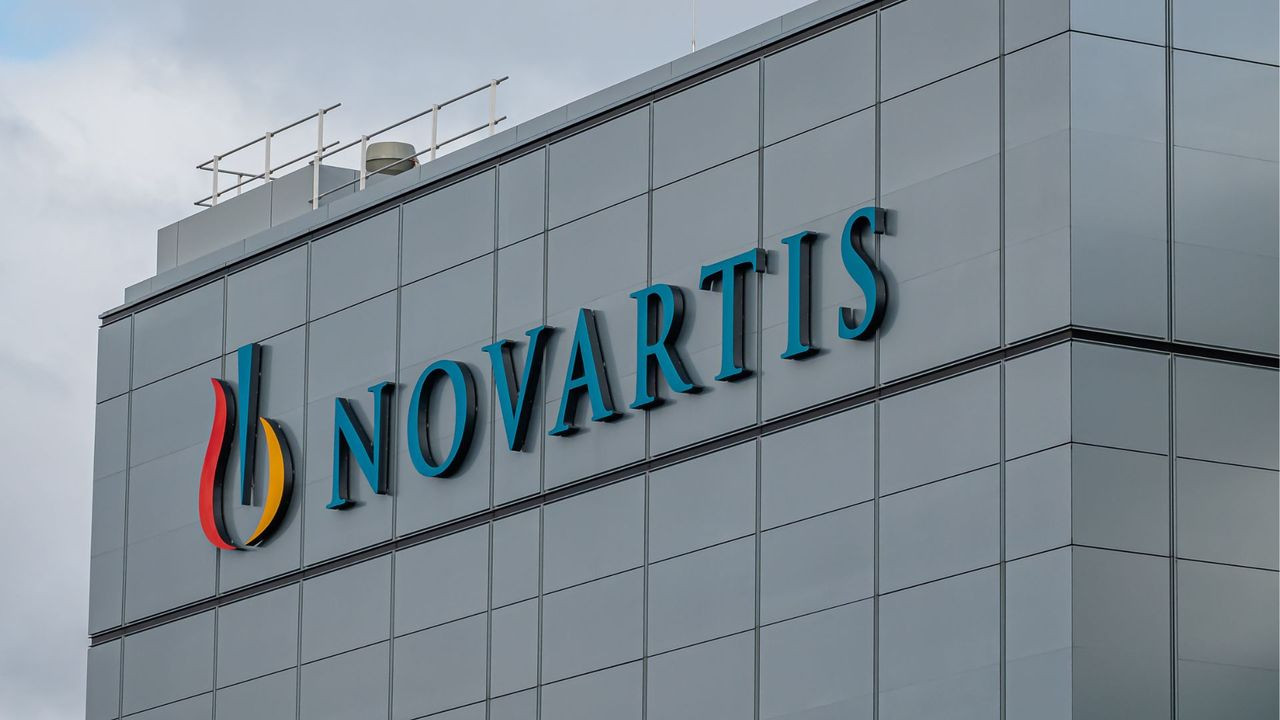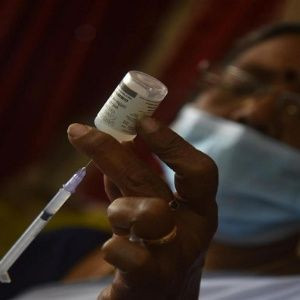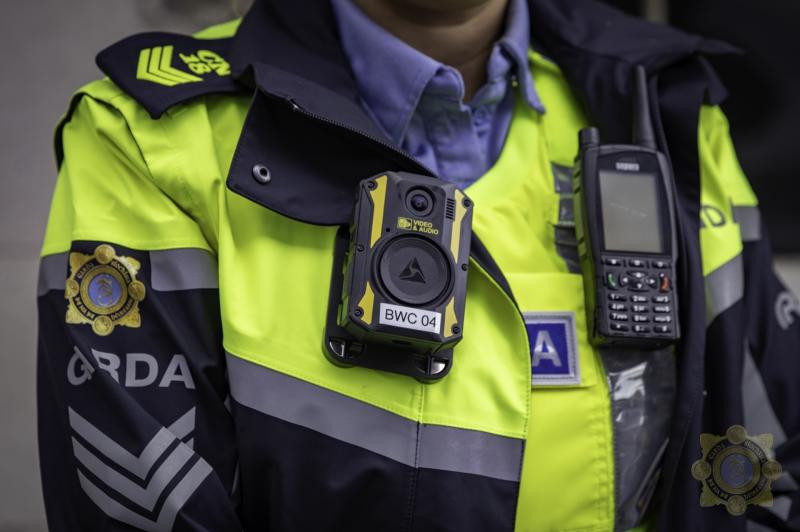A Recent UPC Ruling: A Game Changer for Patent Litigation
The Unified Patent Court (UPC) recently handed down a landmark ruling in the case of Novartis v. Celltrion, a case that has significant implications for determining jurisdiction, claim interpretation, and imminent infringement in patent litigation. This decision sheds light on crucial aspects of UPC procedure and is likely to shape future cases.
Jurisdiction and Parallel Proceedings
One of the most notable aspects of the Novartis v. Celltrion case is the court's handling of jurisdiction and parallel proceedings. Novartis sought an injunction against Celltrion in the UPC, alleging that Celltrion was infringing its patent rights related to a drug for treating rheumatoid arthritis. However, Celltrion had already commenced parallel proceedings in the Netherlands, seeking a declaration that its drug did not infringe Novartis's patent.
The UPC, in its decision, found that the Dutch proceedings had no bearing on the case before it. The court emphasized that the UPC is the competent court to determine the validity of patents and to decide on infringement claims. This decision is significant as it establishes that parallel proceedings in other jurisdictions will not necessarily preclude the UPC from exercising jurisdiction.
Claim Interpretation and the Scope of Patents
The UPC ruling also addressed a key aspect of patent litigation: claim interpretation. The court had to determine the scope of Novartis's patent claims and whether Celltrion's drug fell within that scope. In this case, the court decided that Celltrion's drug did not infringe Novartis's patent.
The court's approach to claim interpretation in the Novartis case is particularly important as it highlights the importance of providing clear and unambiguous claims in patent applications. The court's interpretation of the claims in Novartis's patent is a reminder that patent holders should carefully consider the language used to define the scope of their inventions.
The Imminent Infringement Threshold
Another key issue in the Novartis v. Celltrion case was the concept of imminent infringement. Novartis argued that Celltrion's pre-launch preparations for the drug constituted an imminent infringement of its patent rights. This argument centered around the idea that Celltrion's activities, even if they had not yet resulted in actual infringement, were likely to lead to infringement in the near future.
The UPC, however, rejected Novartis's argument. The court held that evidence must show that pre-launch preparations are complete for threat of imminent infringement to occur. This decision sets a high threshold for establishing imminent infringement and could significantly impact future cases involving patent infringement.
Key Takeaways for Patent Litigation
The Novartis v. Celltrion case is a landmark decision for the UPC. It provides valuable insights into the UPC's approach to jurisdiction, claim interpretation, and imminent infringement. This ruling has significant implications for companies seeking to enforce their patent rights in the UPC or to defend against patent infringement claims.
Here are some key takeaways from the Novartis v. Celltrion case:
- The UPC is the competent court for determining patent validity and infringement claims.
- Parallel proceedings in other jurisdictions will not necessarily preclude the UPC from exercising jurisdiction.
- Clear and unambiguous claims in patent applications are essential for successful claim interpretation.
- The threshold for establishing imminent infringement is high.
The Novartis v. Celltrion case is an example of how the UPC is shaping patent litigation in Europe. The court's approach to jurisdiction, claim interpretation, and imminent infringement will likely influence future cases. This case emphasizes the importance of carefully navigating the complexities of patent litigation, especially in the context of the UPC.


















